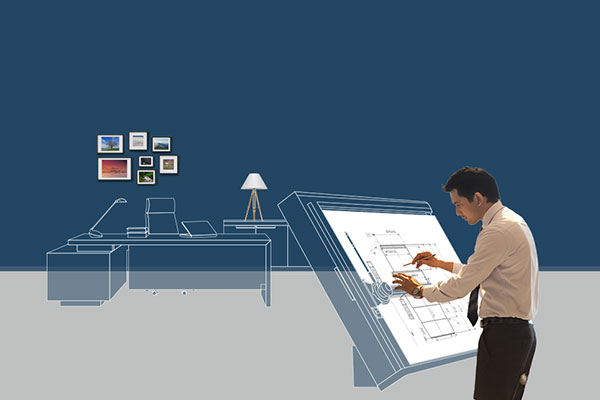The Concept of Rehabilitation
The impetus for the development of rehabilitation, as a science, was war in the First World War and the Second World War. The connection with the achievements of medicine, sanitation, hygiene, morbidity, and mortality from acute infectious diseases have significantly decreased. At the same time, the acceleration of scientific and technological progress, rapid industrialization and urbanization, environmental pollution, increased stressful situations led to the growth of severe non-infectious diseases. The number of patients with hereditary and congenital pathology, with chronic diseases of the respiratory system, digestion, genitourinary system, allergic diseases, with injuries and poisonings is growing.
Nevertheless, along with other categories of the population, people with disabilities should have physical, social and economic opportunities that allow them, at a minimum, to lead a full-fledged life in a socioeconomic and creative life. Rehabilitation is the trend of modern medicine, which in its various methods relies, first of all, on the personality of the patient, actively trying to restore the functions of a person disturbed by the disease, as well as its social connections. Rehabilitation is the restoration of health, functional status, and disability, disturbed by illness, trauma or physical, chemical and social factors as per the analysis of assignment writing service UK.

The purpose of Rehabilitation in Modern World
The purpose of rehabilitation is the effective and early return of patients and disabled people to domestic and labor processes, to society; restoration of personal qualities of a person. The World Health Organization (WHO) provides a very close definition of rehabilitation: “Rehabilitation is a set of activities designed to provide people with disabilities due to illnesses, injuries and birth defects adapt to new living conditions in the society in which they live.
Moreover, ” the term rehabilitation comes from the Latin word hails – “ability”, rehabilis – “restoration of ability.” According to WHO, rehabilitation is a process aimed at providing comprehensive assistance to patients and people with disabilities in order to achieve the maximum possible physical, mental, professional, social and economic value for this disease. Thus, rehabilitation should be considered as a complex, social and medical problem, which can be divided into several types, or aspects: medical, physical, psychological, professional (labor) and socioeconomic.
Rehabilitation Directions
The first and the main direction of rehabilitation (medical and physical) is the restoration of the patient’s health through the integrated use of various means aimed at maximizing the restoration of disturbed physiological functions of the body, and in the event that this cannot be achieved, the development of compensatory and replacement devices (functions). The psychological aspect of rehabilitation is aimed at correcting the mental state of the patient, as well as the formation of his relationship to treatment, medical recommendations, the implementation of rehabilitation measures.
It is necessary to create conditions for the patient’s psychological adaptation to the life situation that has changed due to illness. The professional aspect of rehabilitation concerns issues of employment, vocational training, and retraining, determination of the patients’ ability to work. Social and economic rehabilitation consists in returning the economic independence and social usefulness to the victim. These tasks are addressed not only by medical institutions but also by social security agencies.
Author Bio
Emma Watson is an economic analyst working for several social welfare foundations as well. In this article, she elucidates the perception of rehabilitation essentiality in the world. Moreover, she also offers tutorial assistance to students through assignment writing service UK.



